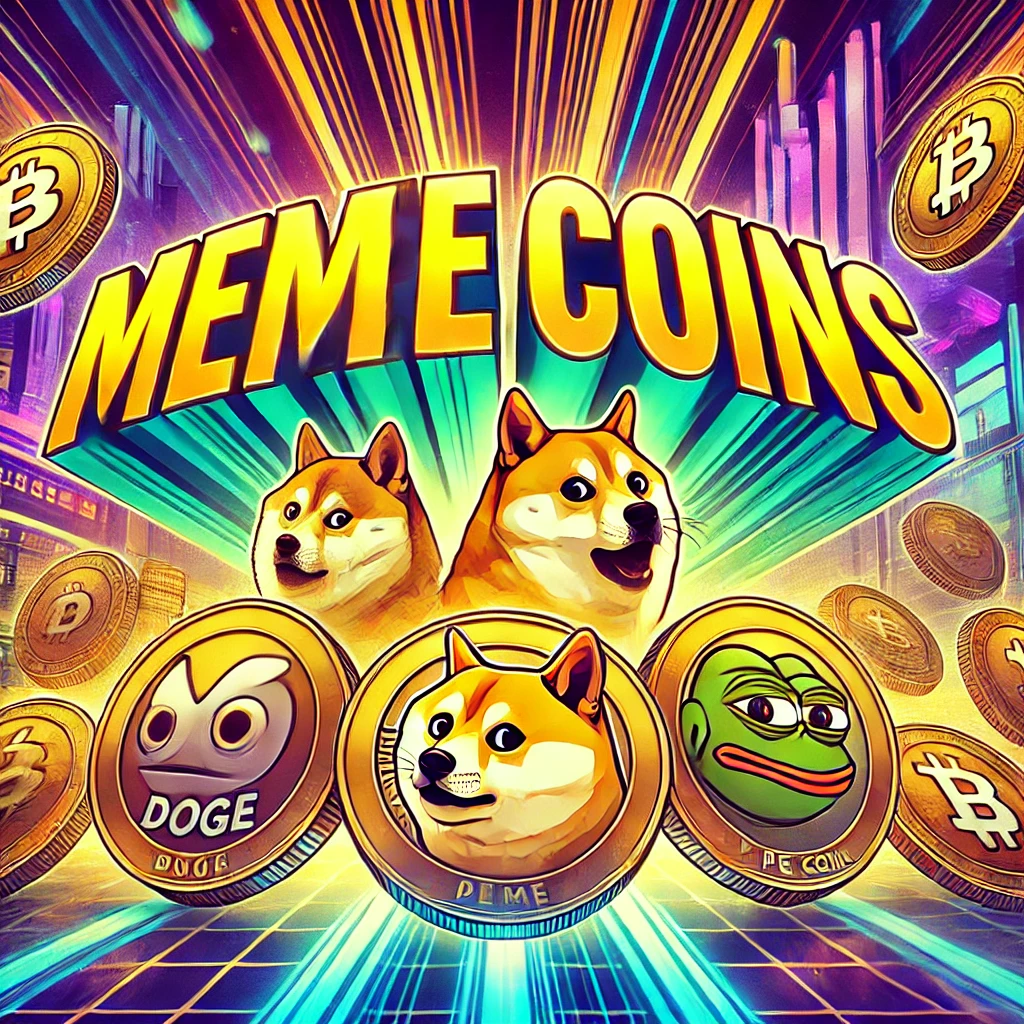Are Meme Coins a Good Investment? Risks, Hype & Market Trends
As cryptocurrency markets continue to evolve, meme coins have captured widespread attention, drawing in speculative investors with their humor-driven branding and explosive price movements. These digital tokens—often built around internet culture, satire, or even absurdity—have proven that hype alone can fuel their ascent. But as history shows, what rises quickly can just as easily come crashing down.
With meme coins like Dogecoin (DOGE) and Shiba Inu (SHIB) demonstrating unexpected staying power, while others fizzle out just as fast as they emerge, the question remains: Are meme coins a fun bet or a financial trap?
What Defines a Meme Coin?
Meme coins are cryptocurrencies that exist primarily as internet-driven phenomena. Unlike Bitcoin or Ethereum, which are backed by technical innovation and decentralized finance (DeFi) applications, meme coins have no inherent use case or technological advantage. Their value is largely dictated by online hype, social media buzz, and community engagement.
Some key characteristics that define meme coins include:
- Satirical or humorous origins – Most meme coins are created as jokes or cultural references rather than serious financial projects.
- Community-driven growth – The success of meme coins depends largely on their online following, with viral social media activity fueling their adoption.
- Extreme volatility – Unlike traditional assets, meme coins are highly susceptible to pump-and-dump cycles and unpredictable price swings.
- Limited intrinsic value – Without a concrete use case or development roadmap, meme coins lack the fundamentals that typically support long-term investments.
A Short and Wild History of Meme Coins
The first meme coin, Dogecoin (DOGE), emerged in 2013 as a lighthearted response to the rapid rise of cryptocurrencies. What started as a joke quickly gained traction, with a loyal community using DOGE for tipping and charitable donations.
Fast forward to 2020, Shiba Inu (SHIB) was launched as a self-proclaimed “Dogecoin killer,” leveraging social media campaigns and celebrity endorsements to skyrocket in value. By 2021, the meme coin mania had reached new heights, with countless imitations like Akita Inu, Kishu Inu, and SafeMoon flooding the market.
However, the same speculative fervor that fueled their rise also led to their downfall. As the cryptocurrency market corrected in late 2021, many meme coins lost over 90% of their value, exposing the fragile nature of hype-driven investing.
In 2023, the emergence of PEPE—a meme coin based on the internet’s Pepe the Frog character—once again reinvigorated interest in the sector. Despite its initial success, concerns over its association with fringe internet groups raised ethical questions about meme coin culture.
The Risks of Meme Coin Investing
For every success story, there are countless failed meme coins that leave investors with nothing but losses. Some of the biggest risks associated with meme coins include:
- Scams and rug pulls – Fraudulent projects can lure in investors with fake hype, only for the creators to disappear with their funds.
- Regulatory uncertainty – Meme coins exist in a legal gray area, and future regulations could significantly impact their market presence.
- Lack of long-term viability – While some meme coins like DOGE and SHIB have sustained relevance, most experience a short-lived price surge before fading into obscurity.
- Speculative trading environment – Meme coin markets are often driven by retail traders looking for quick profits, leading to high volatility and unpredictable price action.
Meme Coins in 2025: Hype vs. Reality
As of 2025, meme coins remain a polarizing force in the crypto space. While their appeal lies in their community-driven ethos and potential for massive gains, the reality is that they function more like speculative bets than legitimate investments.
Some of the most talked-about meme coins today include:
- Dogecoin (DOGE) – The original meme coin continues to hold value, largely due to its first-mover advantage and celebrity endorsements.
- Shiba Inu (SHIB) – With its own decentralized exchange (ShibaSwap) and Layer-2 blockchain (Shibarium), SHIB has attempted to expand beyond its meme coin origins.
- Dogwifhat (WIF) – A new entry into the meme coin world, using humor and social media to drive adoption.
- Election-themed meme coins (BODEN, TREMP) – Satirical tokens based on political figures that gained traction during the 2024 U.S. elections.
- OFFICIAL TRUMP & MELANIA MEME – High-profile meme coins launched by the incoming U.S. president and first lady, raising ethical concerns about political involvement in crypto markets.
The Bottom Line
Meme coins are, by nature, unpredictable. While they offer entertainment value and the potential for quick profits, they also come with extreme risks. The lack of intrinsic value, reliance on social media trends, and history of price collapses make them a highly speculative investment.
For those willing to embrace the gamble, meme coins can be a thrilling—if dangerous—ride. But for serious investors looking to build sustainable wealth, traditional cryptocurrencies and blockchain projects with solid fundamentals remain the smarter choice.
Get Started with your Stock Investments today with MINTALPHAA.
Get deeper insights into the crypto market’s weekly trends discussed on our Spotify podcast.
